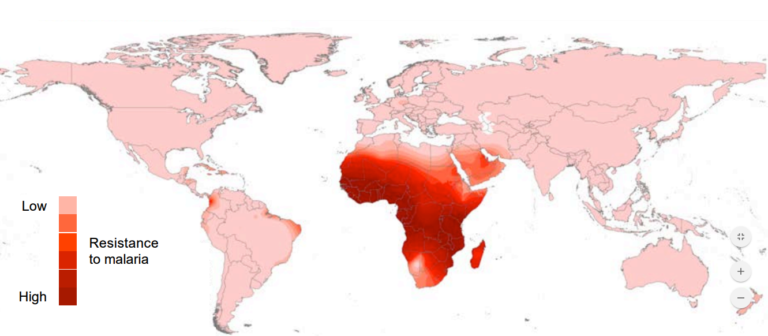Home / Law / Biology & Biotechnology / The Science Behind Forensic Science / Estimating geographical ancestry from DNA

Reach your personal and professional goals
Unlock access to hundreds of expert online courses and degrees from top universities and educators to gain accredited qualifications and professional CV-building certificates.
Join over 18 million learners to launch, switch or build upon your career, all at your own pace, across a wide range of topic areas.

 A heatmap demonstrates which continents have the least resistance to malaria. Resistance to malaria is low globally, but extremely concentrated in Africa.
A heatmap demonstrates which continents have the least resistance to malaria. Resistance to malaria is low globally, but extremely concentrated in Africa.






